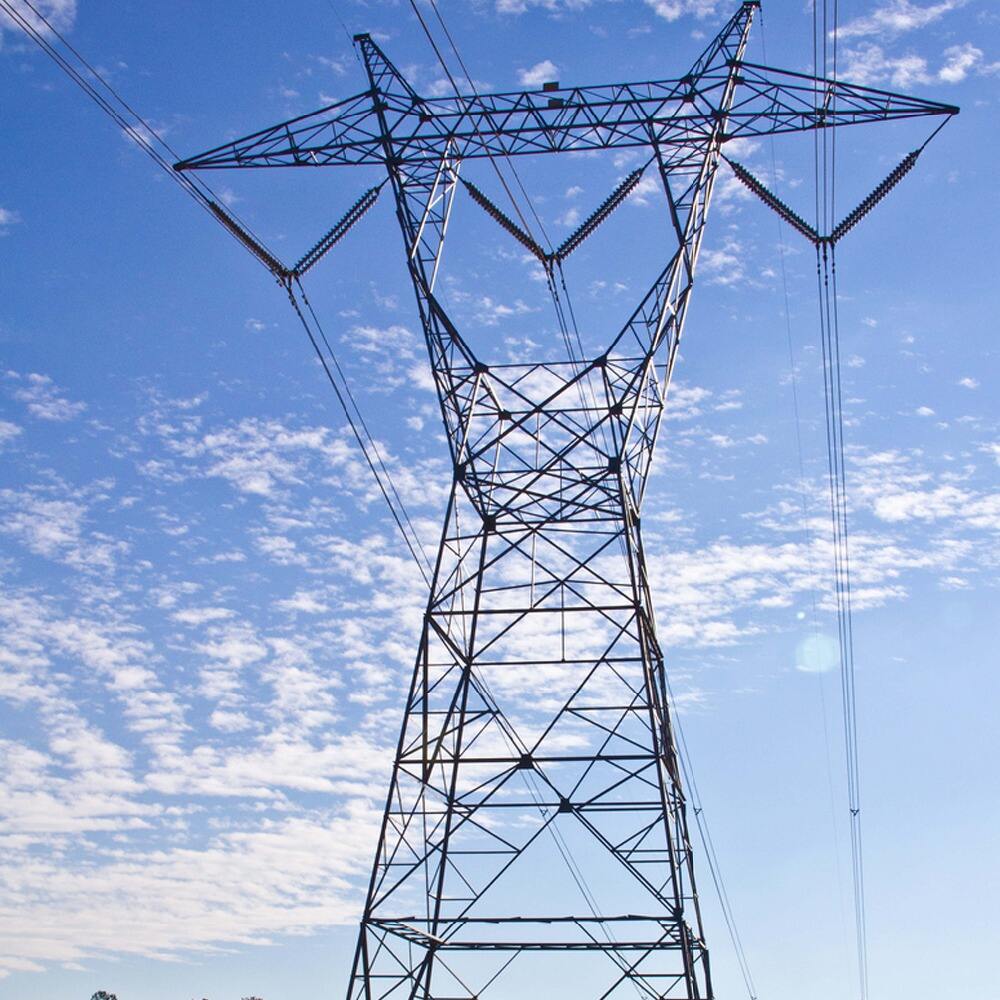Understanding Power Tower Structural Design and Load Management
Power towers stand as critical infrastructure components in our electrical transmission networks, serving as the backbone of power distribution across vast distances. These towering structures must be meticulously engineered to withstand various forces while safely supporting heavy electrical equipment and transmission lines. The load-bearing capabilities of power towers are paramount to ensuring consistent electricity delivery and preventing catastrophic failures that could disrupt power supply to millions of homes and businesses.
Modern power tower design incorporates sophisticated engineering principles that account for multiple load-bearing factors, from the weight of conductors and insulators to environmental stresses. Understanding these requirements is essential for engineers, utility companies, and infrastructure planners to ensure reliable and safe power transmission.
Fundamental Load Types in Power Tower Engineering
Static Load Considerations
Static loads represent the constant forces that power towers must support throughout their operational lifetime. These include the dead weight of the tower structure itself, transmission lines, insulators, and other permanently mounted equipment. The power tower load bearing capacity must account for the cumulative weight of all components, typically ranging from several tons to dozens of tons depending on the tower's size and configuration.
Engineers must calculate these static loads with precision, incorporating safety factors to ensure the tower's structural integrity remains intact even under maximum loading conditions. The foundation design particularly depends on accurate static load calculations, as it must distribute these forces effectively into the supporting ground.
Dynamic Load Factors
Dynamic loads present a more complex challenge in power tower load bearing design. These variable forces include wind pressure, ice accumulation, and conductor movement under different weather conditions. Wind loads are especially critical, as towers must withstand both sustained winds and sudden gusts that can create significant lateral forces.
Ice loading becomes a crucial consideration in colder climates, where accumulation on conductors and tower members can substantially increase the overall load. Engineers must design power towers to handle these additional weights while maintaining structural stability, often incorporating specific safety margins for regions prone to severe icing conditions.
Environmental Impact on Load-Bearing Requirements
Geographic and Climate Considerations
The location of a power tower significantly influences its load-bearing requirements. Coastal areas demand corrosion-resistant materials and enhanced structural strength to combat salt spray and higher wind loads. Meanwhile, mountainous regions require designs that account for extreme temperature variations, heavy snow loads, and potential avalanche forces.
Soil conditions at the tower site also play a crucial role in determining foundation requirements. Different soil types exhibit varying load-bearing capacities, necessitating adaptations in foundation design to ensure stable support for the entire structure.
Extreme Weather Resilience
Power towers must be engineered to withstand extreme weather events, which are becoming more frequent due to climate change. This includes designing for hurricane-force winds, ice storms, and even seismic activity in applicable regions. The power tower load bearing capacity must incorporate substantial safety margins to handle these extraordinary conditions while maintaining structural integrity.
Enhanced modeling techniques now allow engineers to simulate various weather scenarios and their impact on tower structures, leading to more robust designs that can better withstand nature's forces.
Technical Specifications and Safety Standards
Industry Regulations and Compliance
Power tower design must adhere to stringent regulatory standards that govern load-bearing requirements. These standards, set by organizations like IEEE and ASCE, specify minimum structural requirements, safety factors, and testing protocols. Compliance ensures that power towers meet or exceed the necessary load-bearing capabilities for safe and reliable operation.
Regular inspections and maintenance procedures are mandated to verify that towers maintain their designed load-bearing capacity throughout their service life. This includes checking for structural degradation, foundation stability, and the integrity of critical components.
Material Selection and Engineering
The choice of materials significantly impacts a power tower's load-bearing capacity. High-strength steel remains the primary structural material, offering an optimal balance of strength, weight, and cost-effectiveness. Modern designs increasingly incorporate advanced materials and composite solutions to enhance durability and reduce maintenance requirements.
Engineers must carefully consider factors such as material fatigue, thermal expansion, and long-term degradation when selecting components. The power tower load bearing design must account for these material properties to ensure reliable performance over decades of service.

Frequently Asked Questions
How much weight can a typical power tower support?
A standard power tower is designed to support several tons of static and dynamic loads, including the weight of conductors, insulators, and its own structure. The exact capacity varies based on tower design and purpose, but many transmission towers can support loads ranging from 20 to 100 tons or more, depending on their configuration and role in the power grid.
What is the typical lifespan of a power tower considering its load-bearing requirements?
When properly designed and maintained, power towers can remain in service for 40 to 70 years. Regular inspections and maintenance are essential to ensure the structure maintains its intended load-bearing capacity throughout its operational life. Factors such as environmental conditions and loading patterns can impact the actual service life.
How do engineers determine the required foundation strength for power towers?
Foundation design calculations consider multiple factors including soil conditions, tower height, anticipated loads, and local environmental conditions. Engineers conduct detailed soil studies and use sophisticated modeling software to determine the necessary foundation dimensions and strength requirements. Safety factors typically range from 1.5 to 2.5 times the maximum anticipated loads.

